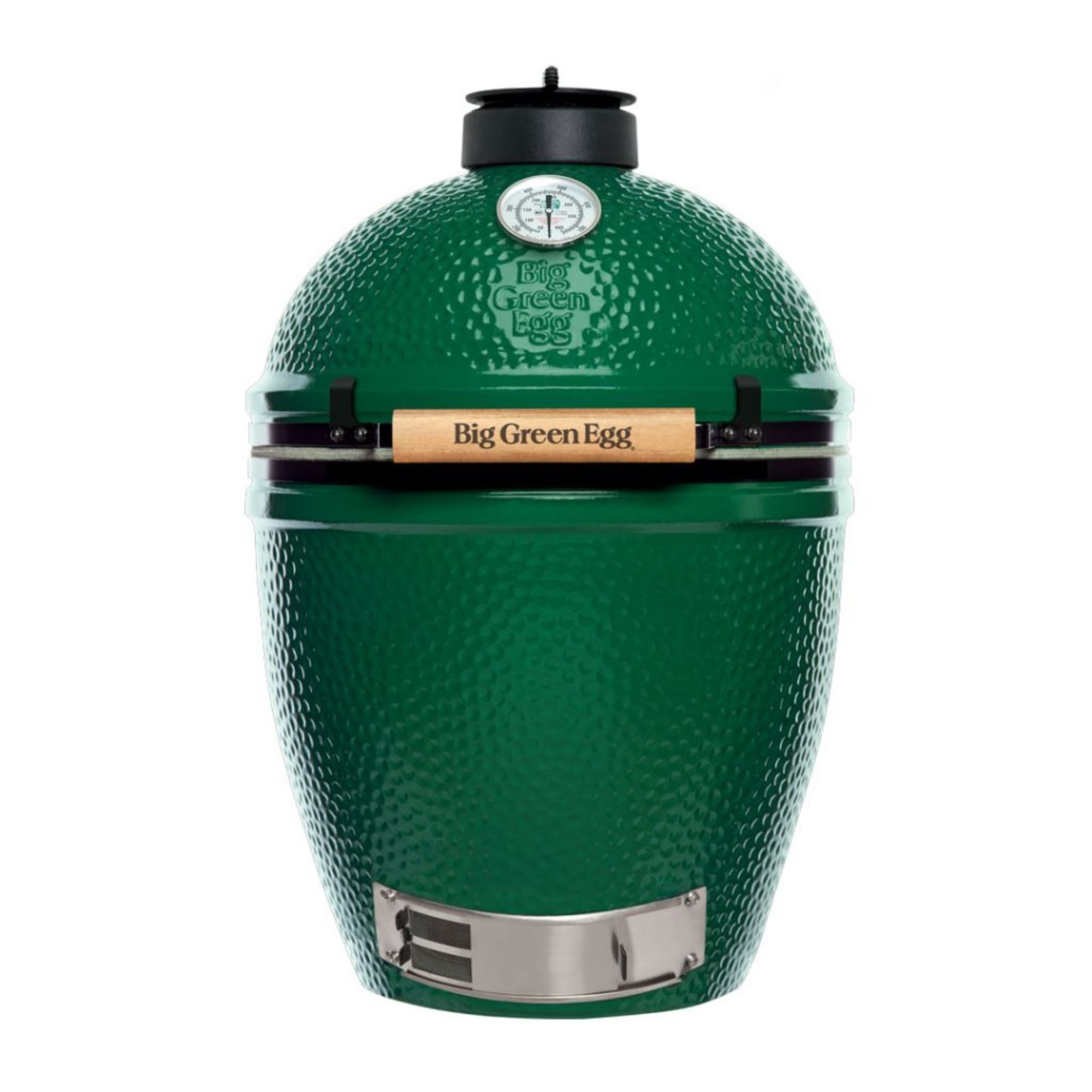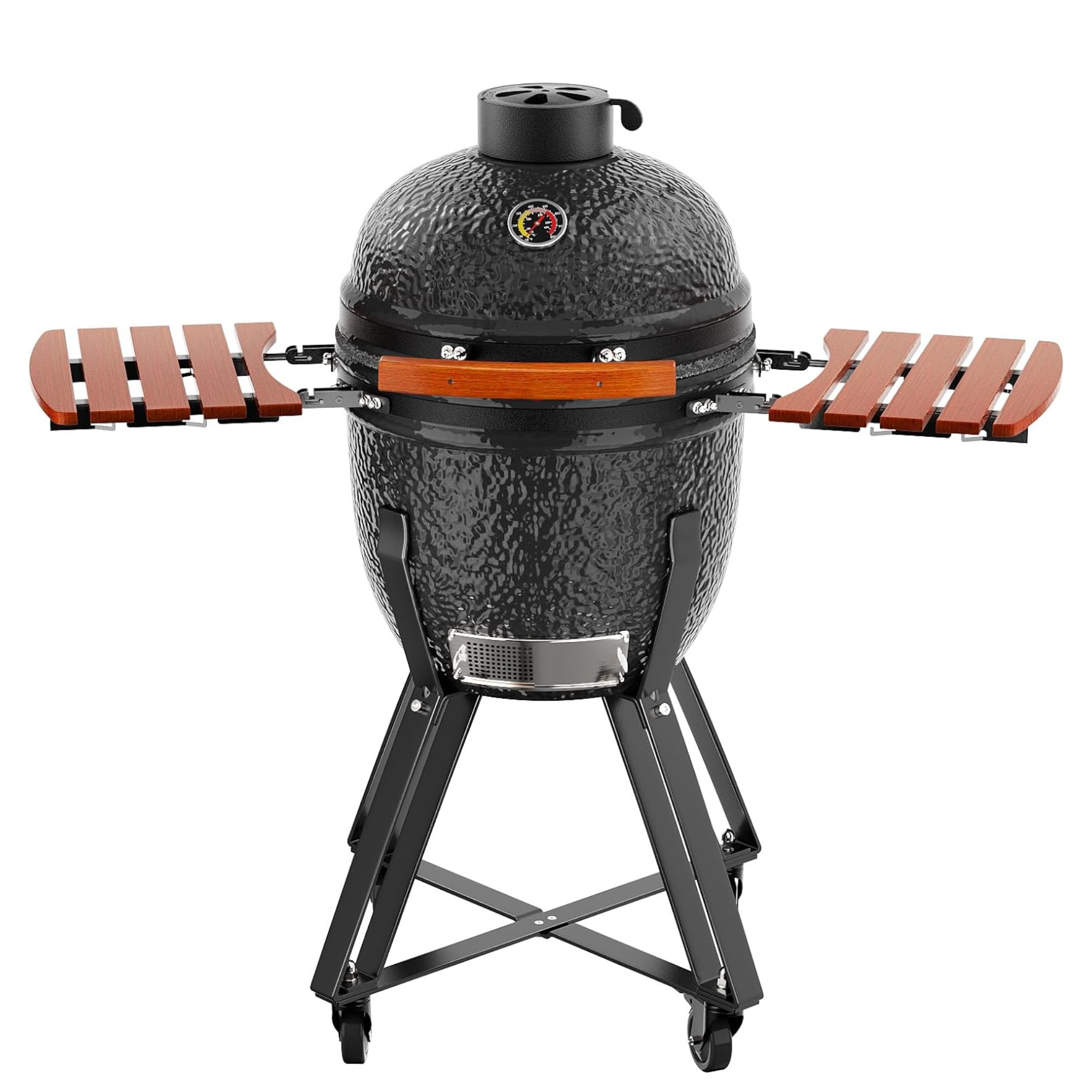What is a Kamado grill? Expert explanation and advice
This is everything you need to know about Kamado grills
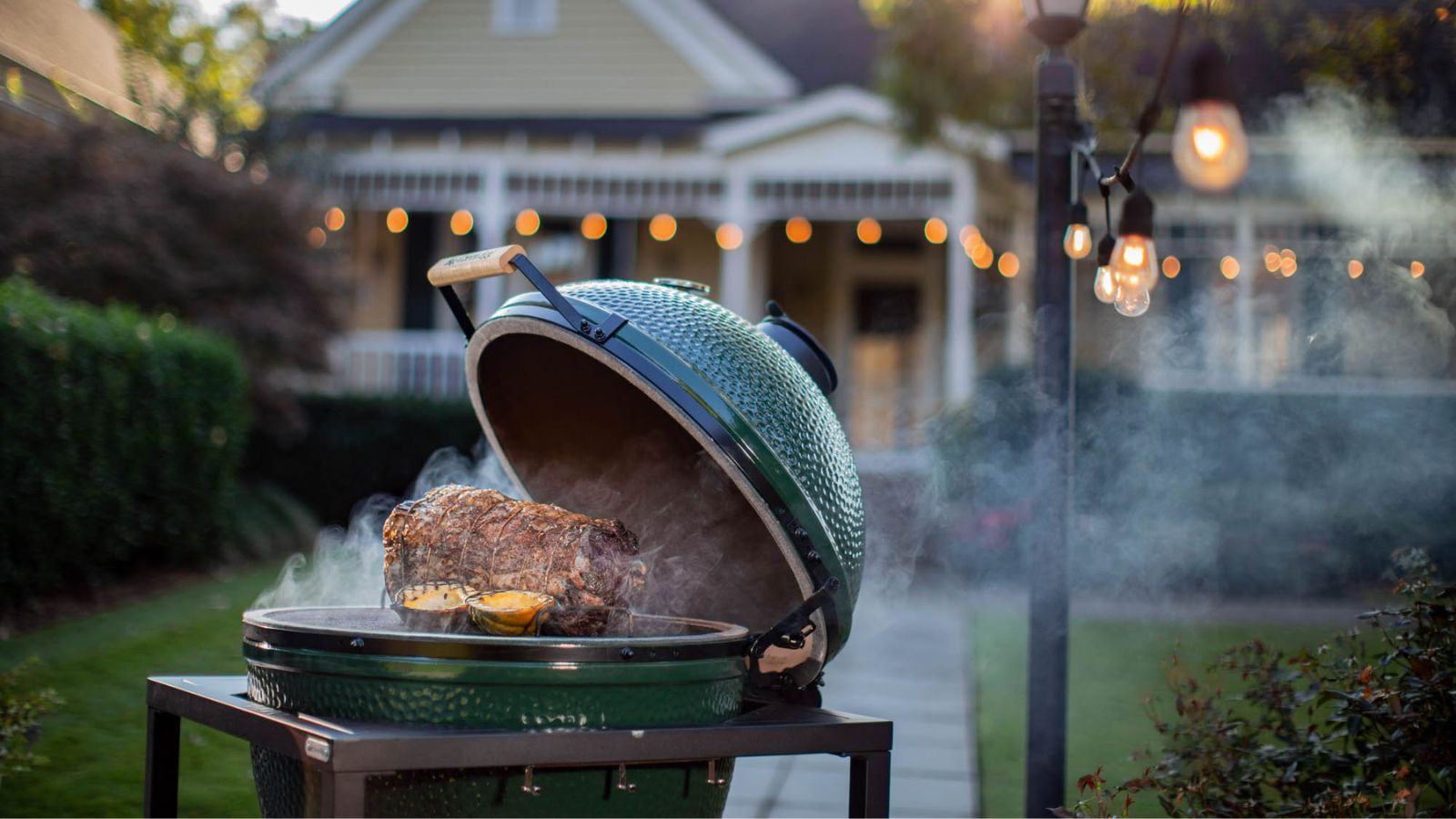

If you're shopping for a grill, you've likely seen Kamado grills advertised all over the place. They look incredible, and it's tempting to buy one as soon as you see it in the store.
However, unless you're really into grilling it can be hard to work out what a Kamado grill is, or why you'd bother with one. They're very expensive, so it's not immediately obvious why you'd spend more than $1000 on a charcoal grill.
I've tested the best grills for years, so I know exactly which grills are worth buying and which aren't worth your money. I also spoke to an appliance expert for more information about these remarkable grills.
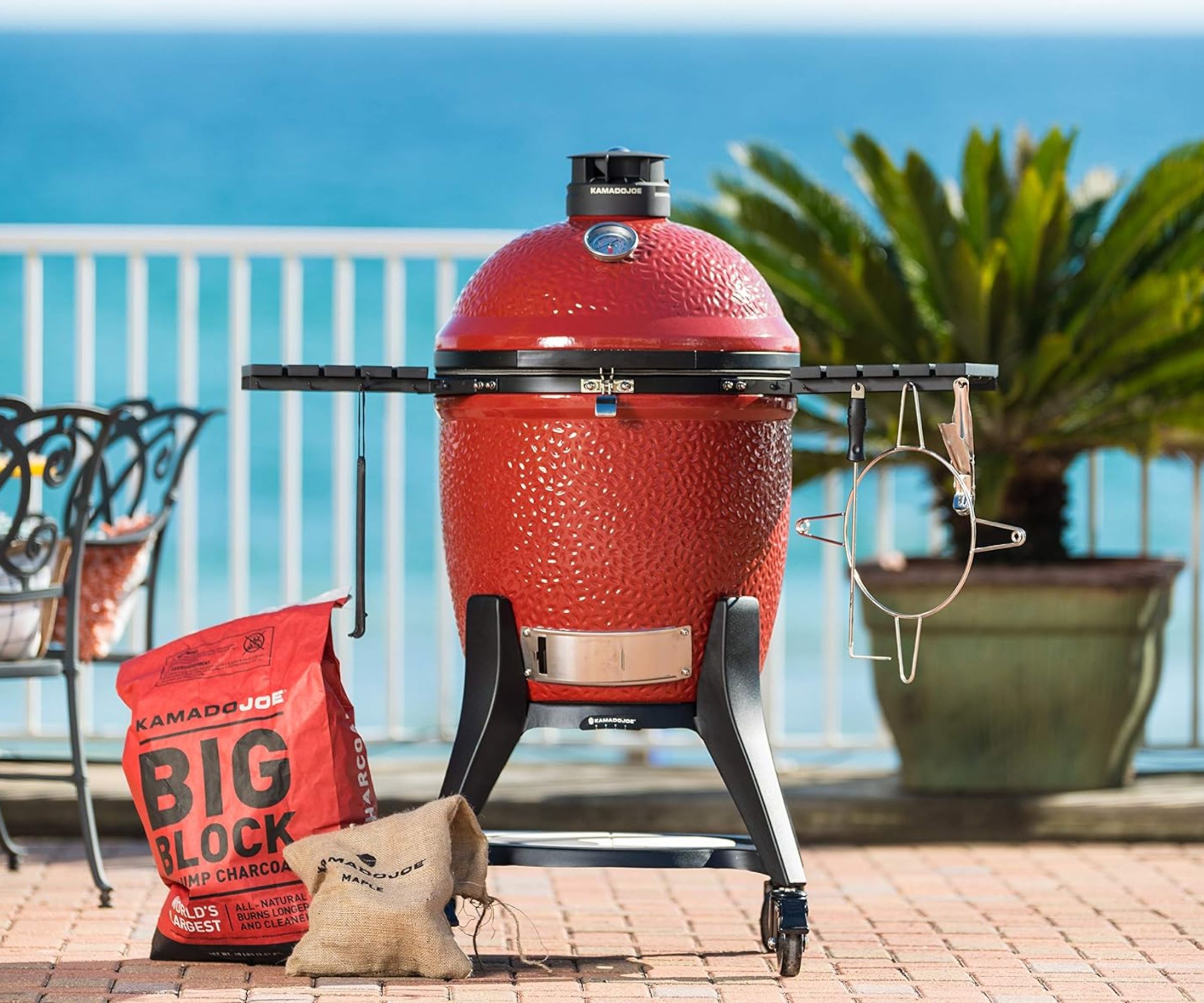
What is a kamado grill?
A Kamado grill is a large, egg-shaped, ceramic grill. The word 'kamado' just means 'stove' in Japanese.
Unlike other grills, true kamado grills use ceramic plates. These plates are incredible insulators and reflect heat, so Kamado grills can reach much higher temperatures than other grills. Ceramic is also a poor conductor of heat; unlike a steel grill, where heat is transferred to the outside, Kamado grills can maintain temperature for several hours.
What are the benefits of a kamado grill?
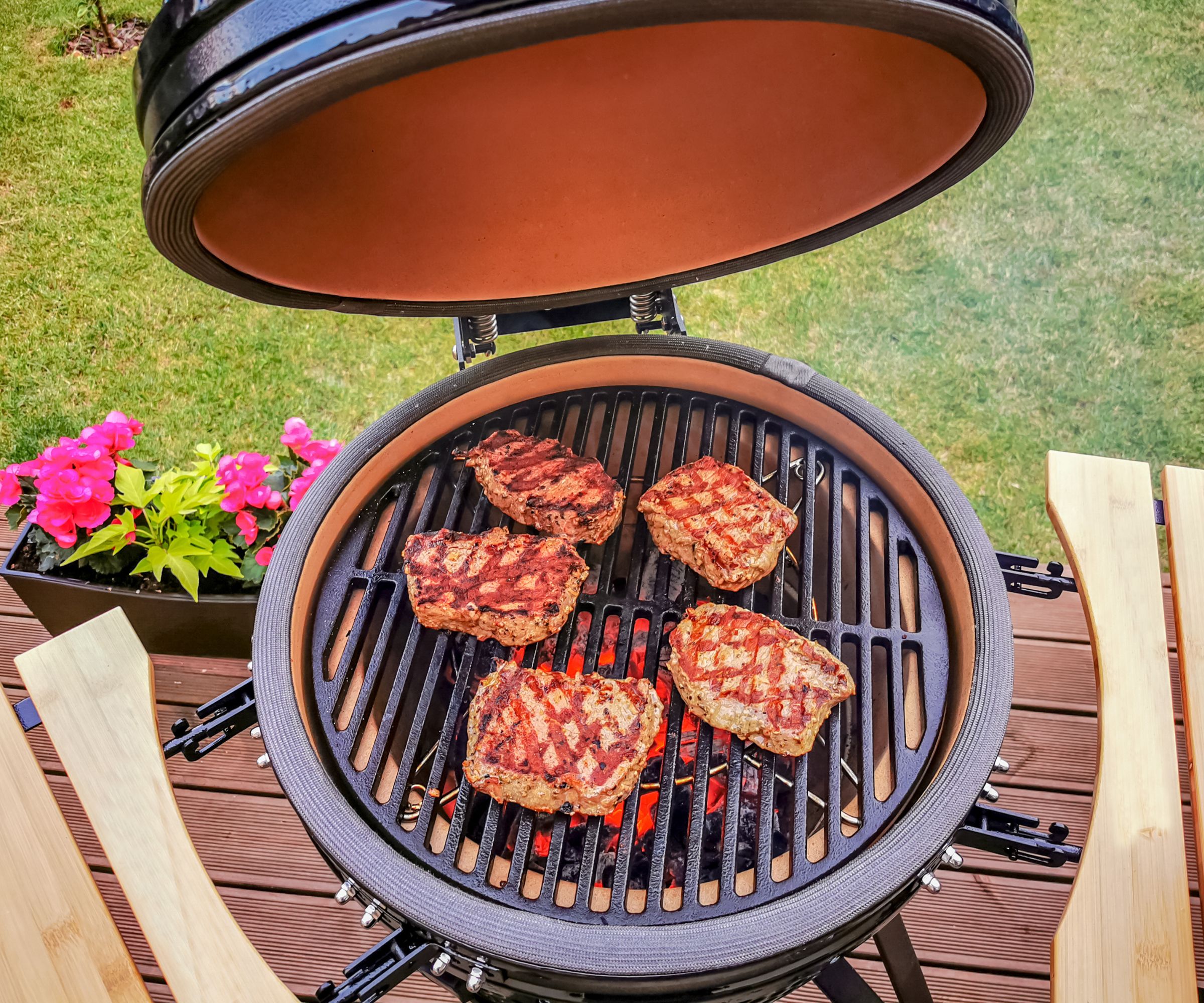
This construction means that Kamado grills are incredibly fuel efficient. The ceramic plates reflect a lot of heat and conduct relatively little. Appliance expert Shirley Hood told me that 'you can go 10 to 12 hours without having to refuel' on a Kamado, which is much more heat efficient than a standard charcoal grill.
This heat efficiency also makes them fast - you can cook more quickly on a Kamado than on other grills because it reaches temperature faster and gets a lot hotter. However, ceramic is also great at holding moisture, so food doesn't dry out.
This all makes for delicious food. Every Kamado I've tried makes much tastier food than a standard charcoal grill, because the ceramic makes meat and vegetables juicier and more tender. Almost anything you cook on a Kamado is better than on a standard grill.
However, it also means that they're incredibly versatile. Shirley Hood told me that 'It is an all-in-one unit that can be used for baking, roasting, grilling, searing, and smoking'. With a little practice, you can use a Kamado as more of a clay oven than a grill, which makes it fantastic for smoking. It also means that you can roast and bake.
On top of that, many Kamado grills have bonus attachments so that you can cook even more. You can find everything from cheap beer can chicken attachments like this at Ace Hardware to expensive rotisserie functions like this at Kamado Joe. There's almost no limit to what you can cook with a good Kamado.
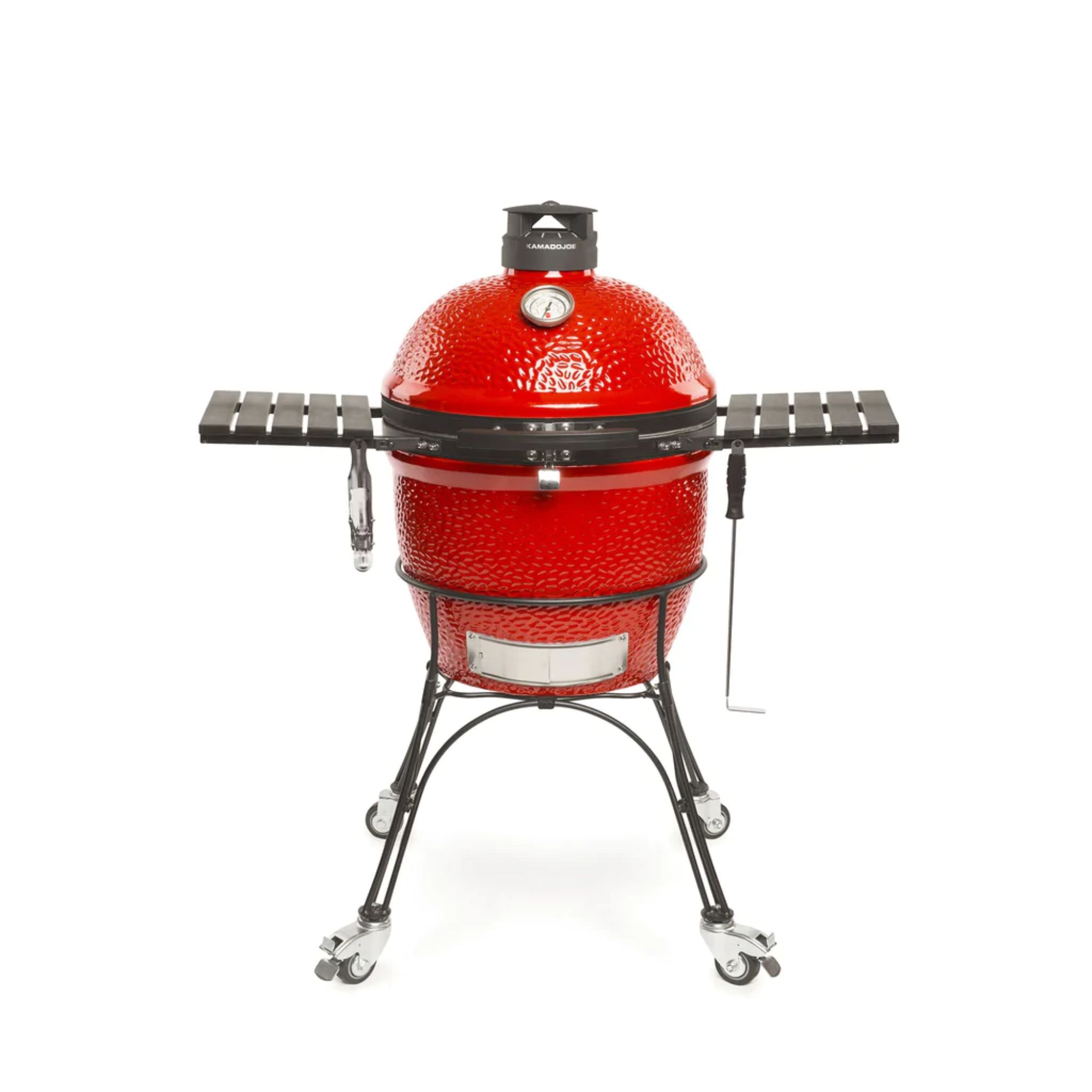
I've found incredible results from cooking on one of these. It's efficient, reaches incredibly high temperatures, and best of all, makes delicious food.

Shirley is an Appliance Expert at and Appliance Expert at Abt Electronics, the largest independent single-store appliance and electronics retailer in the country.
What are the drawbacks of a kamado grill?
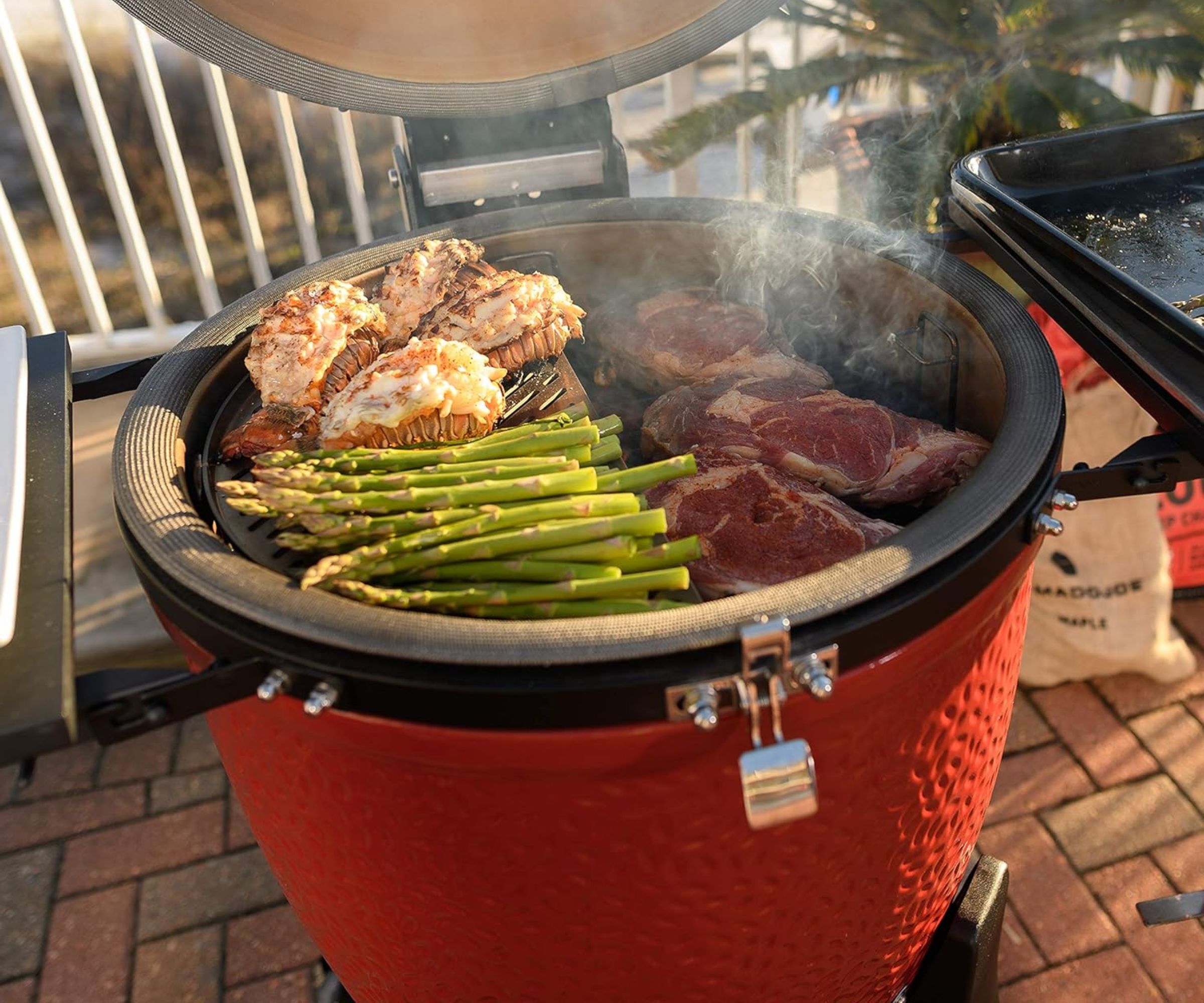
The first drawback is that these grills take a little getting used to. They can reach incredibly high temperatures. If you don't know what you're doing, it's easy to incinerate a brisket rather than gently barbecue it.
Kamado grills are also very heavy. One of the good things about steel grills is that they're lightweight and easy to move around the yard. Kamados are much heavier - Kamado Joe's Big Joe III weighs nearly 500 pounds. Once you've built it, it will have to stay put. Sure, most of these grills have wheels, but that won't help you much if it's on a wooden deck, and it's pretty hefty to shift even if you keep it on a flatter surface like flagstones or concrete. This weight also means that Kamado grills are tricky to assemble and disassemble. Ceramic is also less robust than steel, so it's very easy to crack or chip the plates.
However, the price is the biggest drawback of a kamado grill. For example, you can get a classic Weber kettle grill for around $150 at Amazon. The starting price for a Kamado Joe or Big Green Egg of the same size is more than $1000. If you aren't devoted to grilling, it's a lot to spend.
While the accessories are great, they're all expensive. If, hypothetically, you wanted to buy some accessories with your new Kamado, you're looking at nearly $1000 on top of the initial cost. For example, the griddle pan, half moon pan set, rotisserie, and pizza stone from Kamado Joe will set you back nearly $900 on top of whatever you pay for a grill.
If you're buying a kamado as part of an outdoor kitchen, it will be even more expensive. As an example, this Sunstone Kamado Outdoor Kitchen Islan, available at BBQ Guys, is nearly $10,000.
Should I buy a Kamado grill?
If I had the money, I'd buy one in a heartbeat, but that's a very big if. I've had fantastic results cooking on a range of different Kamados, but I don't think it's a step up worth a couple hundred dollars. You'll get very similar results with a Weber Kettle at Amazon, though you won't be able to smoke or roast in quite the same way.
However, these grills are beautiful statement pieces and can tie together an outdoor kitchen. They last for a very long time, too. Unlike charcoal grills which easily rust, ceramic plates will last for decades with a little care. If you never want to buy another grill, a Kamado is a very good investment.
If a new Kamado is your first step in elevating your grilling game, check out my deep dive into the best wood for smoking for more advice.
Sign up to the Homes & Gardens newsletter
Design expertise in your inbox – from inspiring decorating ideas and beautiful celebrity homes to practical gardening advice and shopping round-ups.

As a gardens and lifestyle contributor, Alex makes sure readers find the right information to help them make the best purchase. Alex got his start in reviewing at the iconic Good Housekeeping Institute, testing a wide range of household products and appliances. He then moved to BBC Gardeners’ World Magazine, assessing gardening tools, machinery, and wildlife products.
-
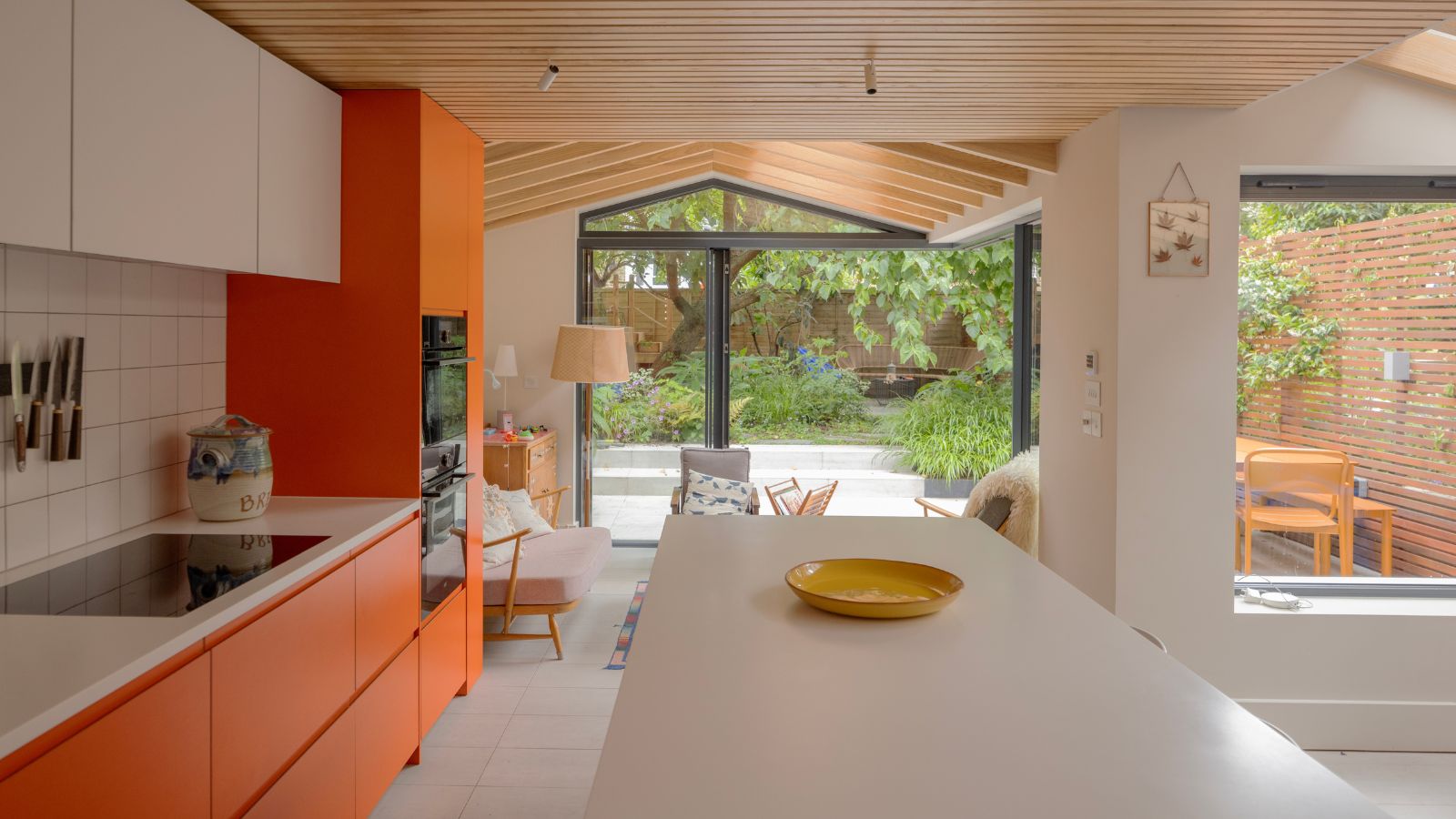 7 orange kitchens that will persuade you this unexpected color is in fact the perfect shade for a warm, personality-filled space
7 orange kitchens that will persuade you this unexpected color is in fact the perfect shade for a warm, personality-filled spaceThese designer-approved spaces prove orange kitchens can be utterly chic
By Molly Malsom Published
-
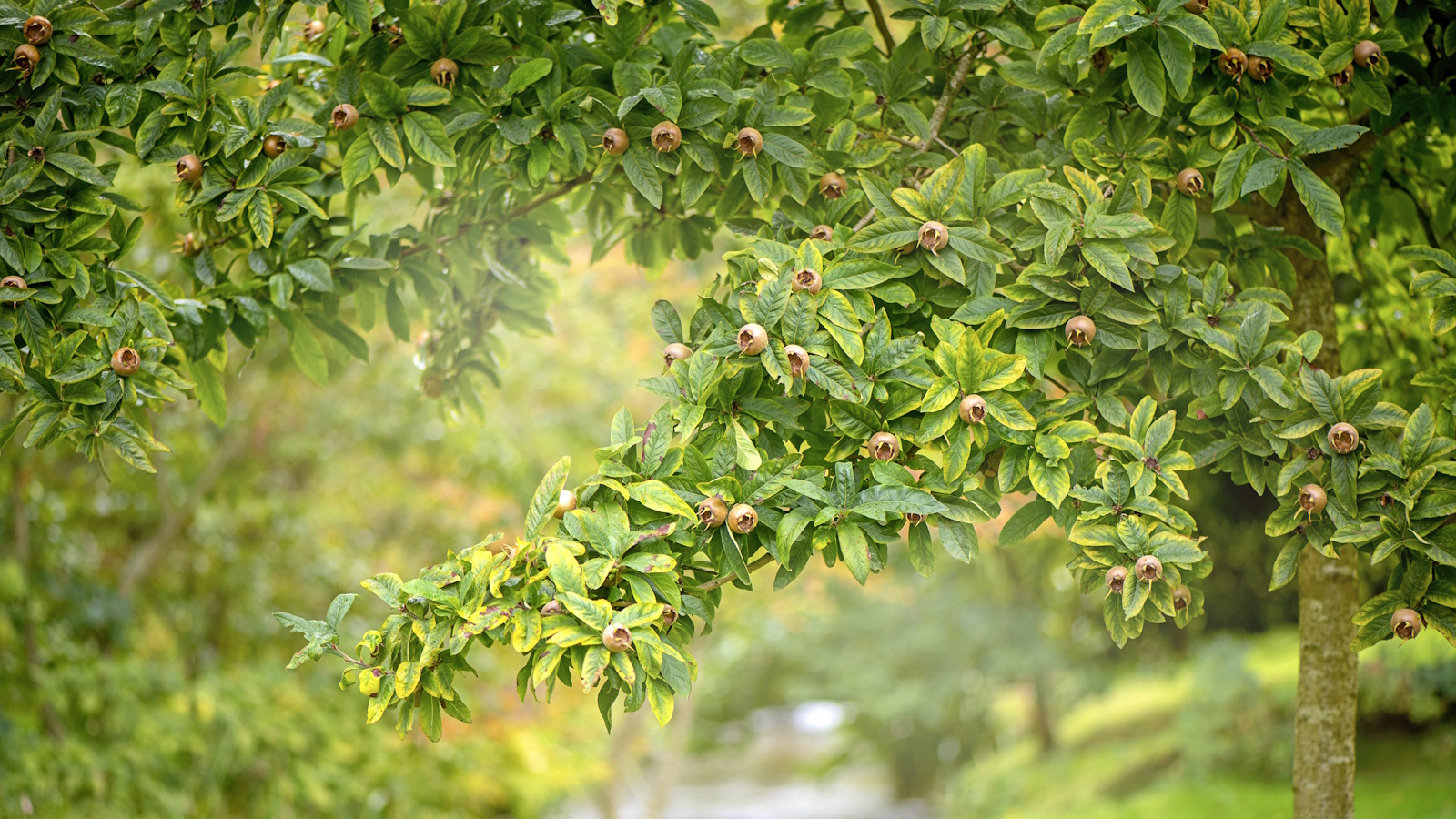 How to grow medlar trees – to enjoy a harvest of unusual fruits from this forgotten heritage species
How to grow medlar trees – to enjoy a harvest of unusual fruits from this forgotten heritage speciesMedlar fruits were once a popular delicacy, yet today, they are a rare find
By Thomas Rutter Published
